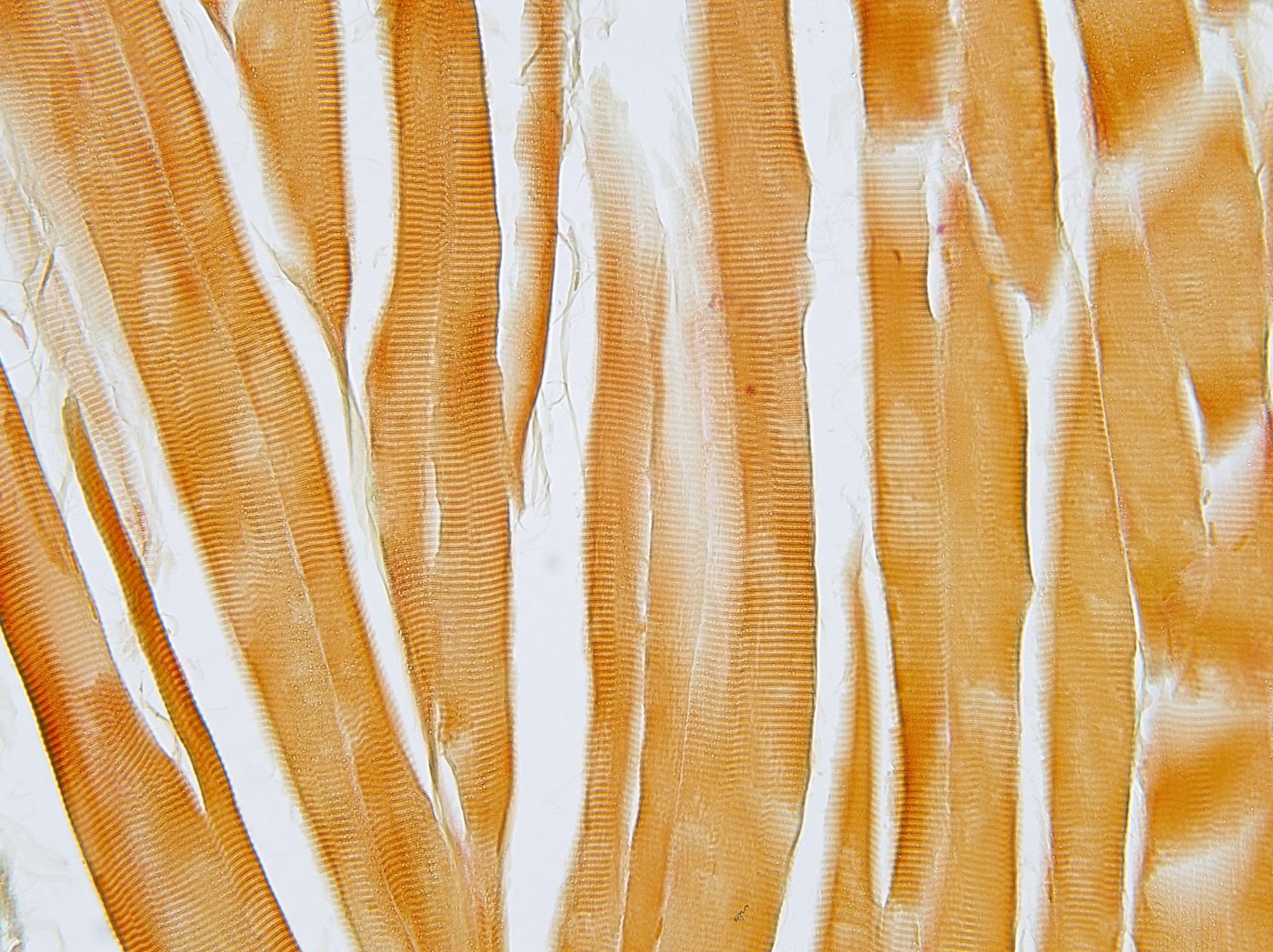Scientists Aim for Better Treatments for Muscular Dystrophies in New Discovery of Protein Complex

A discovery clears up the confusion about the molecular factors involved in muscle repair. The research, published in the journal e-life, shows that a protein complex containing the factors TBP and TFIID is essential to activate genes responsible for adult muscle tissue regeneration.
Adult muscles contain stem cells that can be activated after injury and form new muscle cells. The process, going on at a low rate in all healthy muscles, requires that transcription factors activate genes that promote the development of these immature muscle stem cells into functional muscle cells. In diseases such as muscular dystrophies, muscle loss due to dysfunctional cells cannot be covered by regeneration.
Earlier studies have proposed that a protein named TBP2 – closely related to TBP – is crucial for the activation of genes involved in muscle regeneration. However, the research team, led by Pier Lorenzo Puri, MD, PhD, at the Sanford Burnham Prebys Medical Discovery Institute, in collaboration with Laszlo Tora, PhD, at the Institute of Genetics and Molecular and Cell Biology (IGBMC) in Strasbourg, France, showed that mice lacking the gene for TBP2 could still regenerate muscle after an induced injury.
“Our discovery clarifies the identity of the ‘molecular switches’ that control the activation of muscle genes in muscle stem cells,” Barbora Malecova, PhD, lead author of the study, said in a press release. “Understanding what drives muscle gene expression gives us insights into molecular targets for regenerative medicine-based interventions [drugs] to treat muscle degenerative disorders.”
Further investigations allowed the team to rule out any role for TBP2, as the researchers showed that the protein is not even expressed in adult muscle. They could also positively identify the components of the protein complex responsible for triggering muscle repair. The results, published under the title “TBP/TFIID-dependent activation of MyoD target genes in skeletal muscle cells,“ showed that the factors TFIID and TBP are crucial to activate muscle gene expression.
When stem cells start developing into muscle cells, TFIID and TBP levels dropped and these factors formed a protein complex that attached to DNA, acting as a so-called transcription factor, regulating the expression of muscle repair genes.
“This is an important finding as it resolves a long-standing issue and will prevent researchers from continuing down a path of study unlikely to yield advances in the field,” said Puri. “Defining the components of the transcription complex that controls the formation of skeletal muscle may help find new treatment options to improve the lives of patients with muscle degenerative disorders.”
The idea to target transcription factors to activate muscle gene expression is a relatively new approach to generate new muscle fibers that could make up for tissue loss. Finding better treatments for muscular dystrophies is one of Puri’s main research goals, and his group is currently exploring the efficacy of drugs targeting DNA methylation to promote compensatory regeneration of muscles.






